Search
Search Results
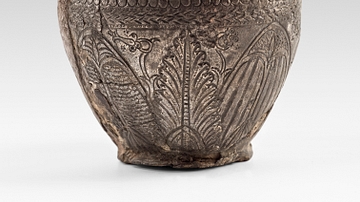
Image
Ptolemaic Silver Wine Vase
Different cultural traditions met in Hellenistic Egypt, as this small silver wine vase illustrates (11 cm in height; ca. 200-150 BCE; APM inv. no. 3397). It is decorated with acanthus and lotus leaves, floral motifs from respectively Greece...
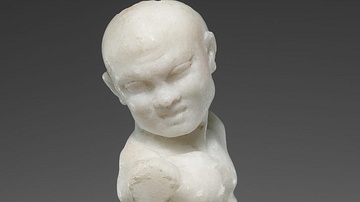
Image
Ptolemaic Statue of a Dancing Dwarf
This marble statue of a dwarf was sculpted around 332-150 BCE and is believed to have originated in Alexandria, Egypt. The dancing figure may have held cultic associations as dwarves were linked to Greek religious practice and were often...

Video
061: Ptolemaic Egypt - Greeks in an Egyptian Land
Drawn by the prospects of providing service to the Ptolemaic government in either the bureaucracy or the army, or perhaps seeking to settle and farm some of the most productive land in the world, tens of thousands of Greeks would immigrate...
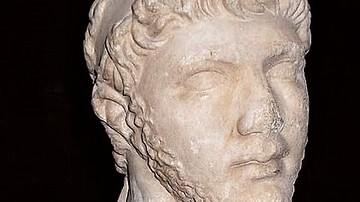
Definition
Ptolemy of Mauretania
Ptolemy of Mauretania (r. 23-40 CE) was king of Mauretania and one of the last surviving members of the Ptolemaic dynasty. His father Juba II (c. 48 BCE to 23 CE) was a Numidian royal and his mother Cleopatra Selene II (40 to c. 5 BCE) was...
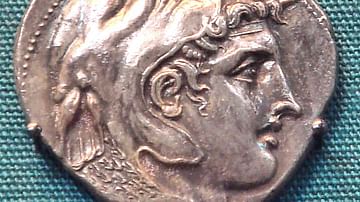
Image
Alexander the Great, Ptolemaic Coin of Alexandria
A silver coin of Alexandria depicting Alexander the Great. Reign of Ptolemy I (366 BCE – 282 BCE). (British Museum, London)

Definition
Western Roman Empire
The Western Roman Empire is the modern-day term for the western half of the Roman Empire after it was divided in two by the emperor Diocletian (r. 284-305 CE) in c. 285/286 CE. The Romans themselves did not use this term. At its height (c...

Definition
Arsinoë IV
Arsinoë IV (d. 41 BCE) was a Ptolemaic princess who rebelled against her sister Cleopatra VII during the Alexandrian War in 48 BCE. After being defeated by Cleopatra's ally Julius Caesar, she was a captive in his Roman triumph. Arsinoë later...

Definition
Roman Empire
The Roman Empire, at its height (c. 117), was the most extensive political and social structure in western civilization. Building upon the foundation laid by the Roman Republic, the empire became the largest and most powerful political and...

Definition
Empire of Nicaea
The Empire of Nicaea was a successor state to the Byzantine Empire, or rather a Byzantine Empire in exile lasting from 1204 to 1261 CE. The Empire of Nicaea was founded in the aftermath of the sacking of Constantinople during the Fourth Crusade...
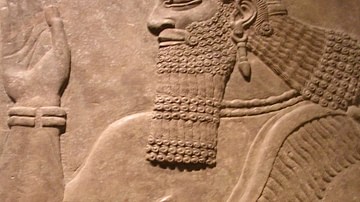
Definition
Neo-Assyrian Empire
The Neo-Assyrian Empire (912-612 BCE) was the final stage of the Assyrian Empire, stretching throughout Mesopotamia, the Levant, Egypt, Anatolia, and into parts of Persia and Arabia. Beginning with the reign of Adad Nirari II (912-891 BCE...